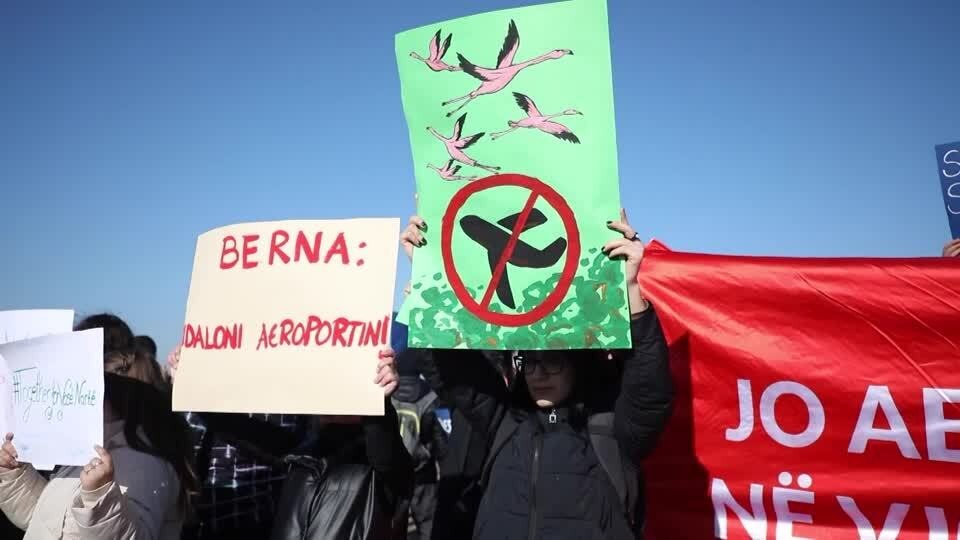Concerns about environmental impact emerge with Albania’s latest airport.

The implementation of a fresh airport and routes might ease pressure on antiquated buses, yet what cost does it bear on the invaluable wetland habitat for flamingos and various bird species?
Thick smoke billows from the bus’s front during my arduous five-hour trip from Tirana to Sarandë. Lacking air-conditioning, a folded map brings some relief, shared by a fellow passenger. There’s a palpable sense of concern among both the driver and passengers, hinting at the looming possibility of an engine mishap.
For many travelers, this is the stark reality of commuting in Albania. Buses and car rentals dominate transportation options, making incidents like these fairly commonplace. International flights primarily serve only Tirana and Kukës in the north, leaving the mid and south regions of Albania quite inaccessible unless using buses or cars. Yet, Albania’s transportation landscape is evolving, with the expansion of flight routes, although not everyone welcomes these changes.
Scheduled for an April 2024 opening, Vlora International Airport is set to debut alongside Ryanair’s announcement of 17 new routes to Tirana, including flights from Stansted and Manchester. This move is expected to be a boon for the tourism sector, as the previous budget alternative to reach Tirana involved a bus from Montenegro. Vlora airport’s direct connections to Albania’s Adriatic coastal areas hold promise for development and tourism growth. However, questions remain from a sustainability perspective.
Taulant Bino, representing the Albanian Ornithological Society, one of two national NGOs involved in legal action against Albanian authorities over the airport’s construction, stresses their commitment to preserving ecologically significant areas. They’ve noted a troubling pattern of exploitation in state-protected regions, especially in coastal zones.
The airport’s proximity to Narta Lagoon, housing roughly 3,000 flamingos, sparks debates over its encroachment. Allegations question the validity of the airport’s construction permit and the necessity of initiating the works.
“As an NGO, we don’t oppose airports in general. However, the Vlora airport project seems illogical from various angles,” says Bino. “It’s situated in a protected area, a wetland of vital importance, and an essential bird habitat.” He adds, “Furthermore, the Tirana airport is already nearby, making this new proposal even more nonsensical. Other alternatives should be explored.”
Annette Spangenberg, conservation head at Euronatur, a European nonprofit conservation foundation, shares Bino’s concerns. She raises questions about the absence of a high-speed train linking the existing Tirana airport, especially when Vlora and Tirana’s airports are just two hours apart by car.
Prime Minister Edi Rama is the main advocate behind the project, foreseeing substantial tourism growth with the new airport. Vlora airport aims to accommodate flights from various parts of the world, potentially creating thousands of jobs, reducing airfare prices, and transforming the region into a prime tourist entry point.


